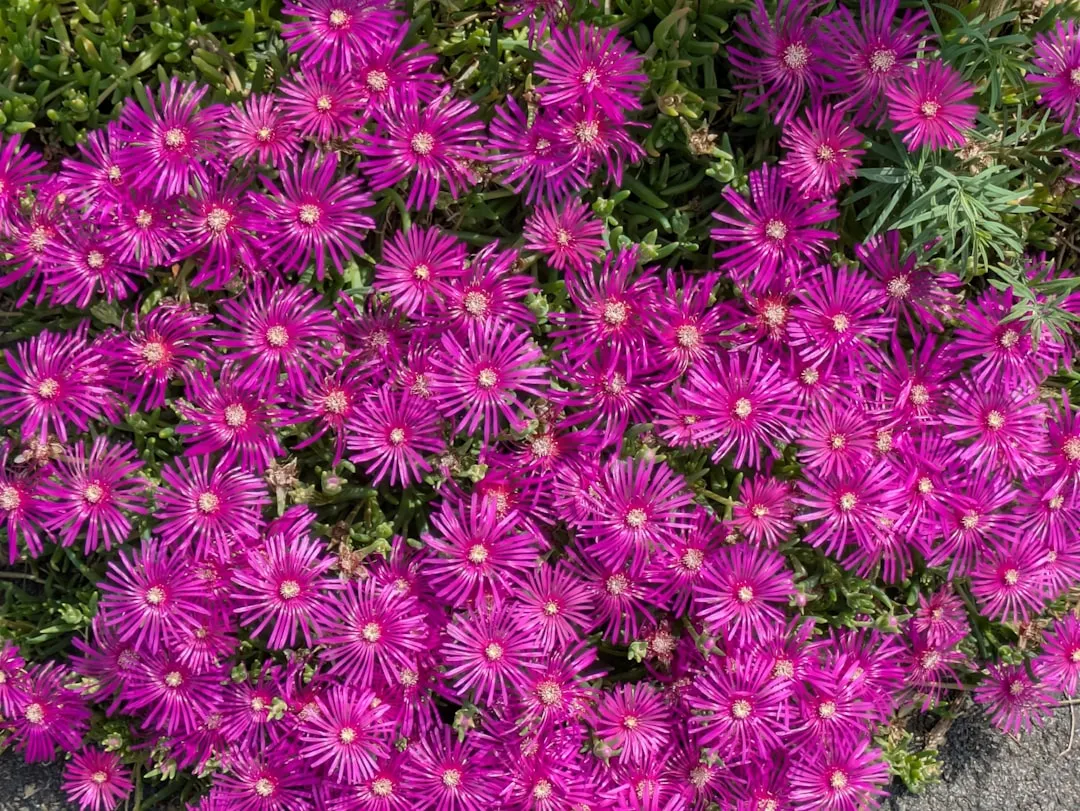Banish Stinging Nettle Discomfort Effortlessly

Stinging nettle, a common plant in many gardens, has a notorious reputation for causing skin irritation upon contact. Its tiny, hair - like structures on the leaves and stems can inject chemicals such as formic acid, histamine, and acetylcholine into the skin, leading to a painful, itchy, and sometimes even swollen reaction. But fret not, as there are several painless ways to get rid of stinging nettle and its associated woes.
First and foremost, prevention is better than cure. When you're in an area where stinging nettle is present, it's crucial to wear appropriate clothing. Long - sleeved shirts, long pants, and thick gloves can act as a physical barrier between your skin and the stinging hairs of the nettle. This simple step can save you from a lot of discomfort. If you're out for a hike or working in the garden, make sure your clothing covers as much skin as possible. Tuck your pants into your socks to prevent any stray nettle hairs from sneaking in.
If you do happen to come into contact with stinging nettle, there are immediate remedies you can try. One of the most accessible solutions is to use a plant that often grows in the same vicinity as stinging nettle - the dock leaf. Dock leaves have anti - inflammatory properties that can help soothe the stung area. Simply pick a dock leaf, crush it slightly to release its juices, and rub it gently on the affected skin. The cool, moist sap of the dock leaf can provide instant relief from the burning and itching sensation.
Another household item that can come to your rescue is baking soda. Mix a small amount of baking soda with water to form a paste. Apply this paste to the stung area and let it sit for about 15 - 20 minutes. Baking soda helps to neutralize the acidic chemicals injected by the stinging nettle, reducing the pain and inflammation. After the time is up, rinse the area with cool water and pat it dry.
For a more long - term solution to getting rid of stinging nettle in your garden, manual removal can be effective. However, it must be done with extreme caution. Use thick gardening gloves, long - handled tools like pruners or shears, and a garbage bag. Cut the nettle plants as close to the ground as possible and immediately place them in the garbage bag. Make sure to seal the bag tightly to prevent any stinging hairs from escaping. It's important to note that stinging nettle can regrow from its roots, so you may need to repeat this process several times.
Chemical herbicides can also be an option, but they should be used as a last resort. There are herbicides specifically designed to target broad - leaf weeds like stinging nettle. When using herbicides, always follow the instructions on the label carefully. Wear protective clothing, including goggles and a mask, to avoid inhaling or getting the chemicals on your skin. Apply the herbicide on a calm day to prevent it from drifting onto other plants. Keep in mind that chemical herbicides can have an impact on the environment, so use them sparingly.
Natural predators can also play a role in controlling stinging nettle populations. Some insects, such as certain types of caterpillars, feed on stinging nettle. By encouraging a diverse ecosystem in your garden, you can allow these natural predators to do their job. Plant a variety of native plants to attract beneficial insects. This not only helps in controlling stinging nettle but also promotes a healthy and balanced garden environment.
In conclusion, dealing with stinging nettle doesn't have to be a painful experience. By taking preventive measures, using immediate remedies when stung, and implementing long - term control strategies, you can keep stinging nettle at bay and enjoy your outdoor spaces without the fear of irritation. Whether it's through natural means or the use of chemicals, there are solutions available to help you manage this pesky plant effectively.